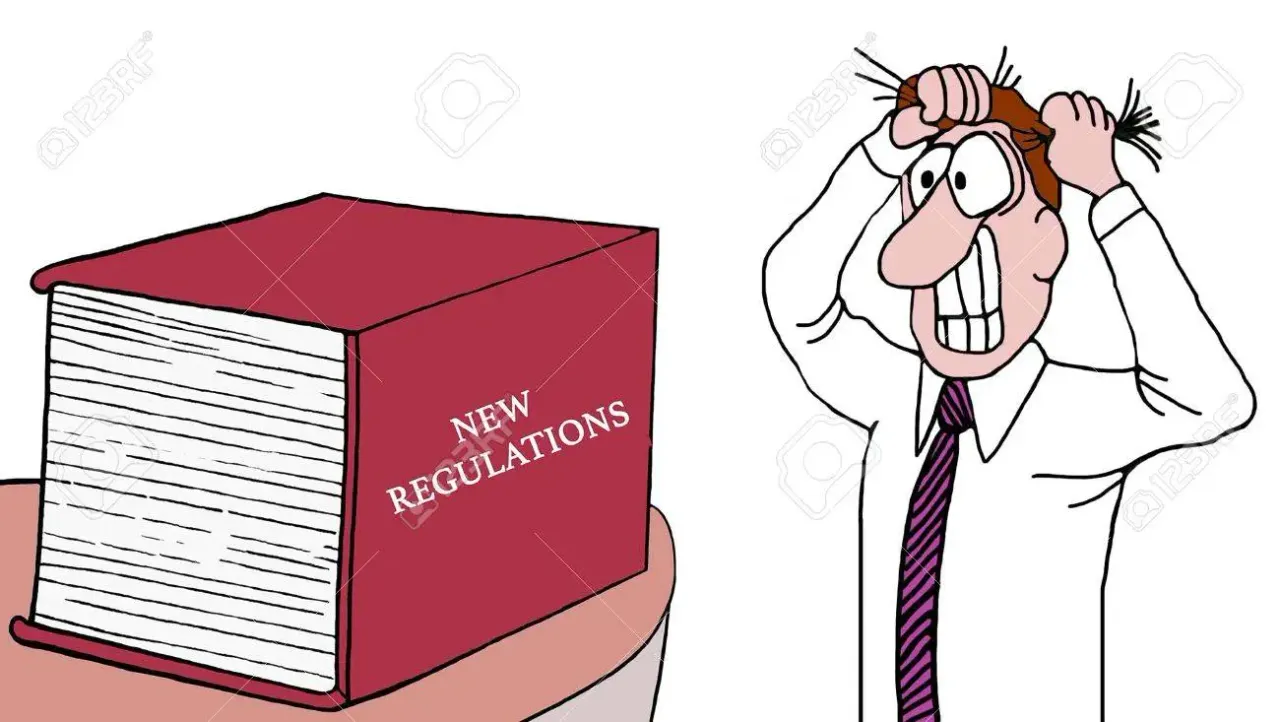
Introduction
Throughout our assigned chapter of The Seen, the Unseen, and the Unrealized, the author demonstrates multiple illustrations to his audience outlining the known and unknown government regulations, policies, and the influences they have on the economy. Bylund uses these factors to demonstrate the opportunity cost attached across all trading platforms, with the concluding objective of satisfying the consumer’s demands. In each product market, entrepreneurs are consistently looking for innovations in the market. This consistent search/trial and error brings about many consequences, but also breeds growth within the industry, Bylund (2016, p. 72-74).
The Seen and The Unseen
As explained by Bylund, entrepreneurs must understand their target market’s thought and behavioral patterns more than their competitors. To do so, they conduct multiple forms of research, aiming to uncover the psychology of their consumer base, and measure the opportunity cost involved in their exchanges with consumers. These studies can dictate the exchange value and volume of the product. Ultimately, it is crucial that these tradeoffs, between the buyer and purchaser, create high-volume demand, and satisfaction. If an entrepreneur can successfully produce an exchange with the buyer, that breeds fulfillment, the product demand will increase. Through consistent, voluntary exchange, there will be a multitude of economic activity that facilitates economic growth. Bylund (2016, p. 77-78).
The opportunity cost of breaking the window is the other value that is foregone by this action, This is the reason what it makes no sense to smash windows to create income for glaziers–it doesn’t make society better off.” (Bylund 2016, pp. 78)
The author uses the window shop example as an analogy to highlight this concept of opportunity cost. He talks about a son who breaks the window of his father's small shop. To compensate for the disaster, the father must decide where to replace the window, or use those funds for something else. He chooses to purchase the replacement window, which dictates the superior value he places on that window, rather than another other product or service of equal financial cost the money could have been used for. The alternative purchases he has forgotten are no longer available and he must live with the positive and negative consequences of his decision. This is a direct example of the opportunity cost, and the decision-making process we battle with every day. Some students decide not to study or prepare for exams, and rather use the time partying, sleeping, or engaging in other activities. While they are able to completely enjoy themselves, they forfeit the chance to study for their class, likely landing them a bad grade. On the other hand, there are the scholars who place a higher value on strong grades as opposed to extracurriculars. They are willing to forfeit after-school activity if it increases their chances of success in the classroom.
Through his example, Bastiat continues to outline the ramifications behind these decisions. On a larger scale, these choices influence more than the parties directly involved. With the window shopper, by purchasing a replacement window, not only is the consumer happy with his restored boutique shop, but additionally, the distribution unit is pleased they gained another customer/ potential referral. This economic activity also boosts the status of the economy. Even on a smaller level, these same consequences are true. Students who continuously choose the alternative of fun over preparation for their studies bear the risk of lowering their GPA and losing out on any potential grants, loans, or scholarships. This can result in parents, grandparents, or loved ones having the obligation of paying substantially more than they were originally responsible for.
Taxation, Regulations, Government Play
During this chapter, Bylund breaks down effective and ineffective regulations and their appearance on many different occasions. Their goal serves to bring change to the flow of the market. Similarly to opportunity cost, taxation and regulations are factors that must be heavily considered with any venture. However, as outlined throughout the entirety of chapter seven, the government has implemented many barriers to entry, policy changes, and taxes that carry a ripple effect through an entire industry. (Bylund, 2016, p.114). While they may occasionally engage in some beneficial activity with positively motivated companies, it does not come strictly from the kindness of their heart. Oftentimes, the many acts of kindness they perform come with their share of unseen actions that stalemate the benefits provided. These are measures all business owners have learned to account for. During this chapter Bylund mentions,
“The purpose of regulation is to change completely or influence behavior in some specific way to thereby to a different outcome of the production and activities that take place in the market.” (Bylund, 2016, p. 115)
At the back-end of the chapter, Bylund informs the audience of the most set form of regulation, prohibition. This format can cause an entire company to stop their continuation in any specific fashion. Users must oblige with the law established which oftentimes causes a complete shift in the business model. Even for those not fortunate enough to afford these abrupt changes, they are forced to shut down immediately. This is one of the most dire circumstances that all organizations must account for.
References
Bylund, P. L. (2016). Chapter 5: The Seen and the Unseen. In Seen, the unseen, and the unrealized: How regulations affect our everyday lives (pp. 73–82). essay, Lexington Books.
Bylund, P. L. (2016). Chapter 7: Taxation and Regulation. In Seen, the unseen, and the unrealized: How regulations affect our everyday lives (pp. 99–115). essay, Lexington Books.